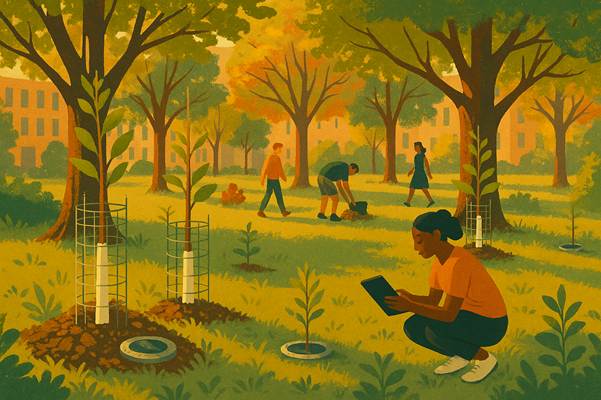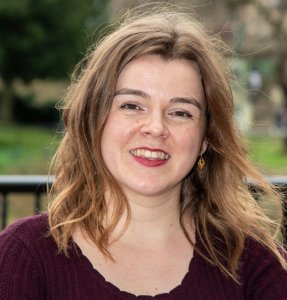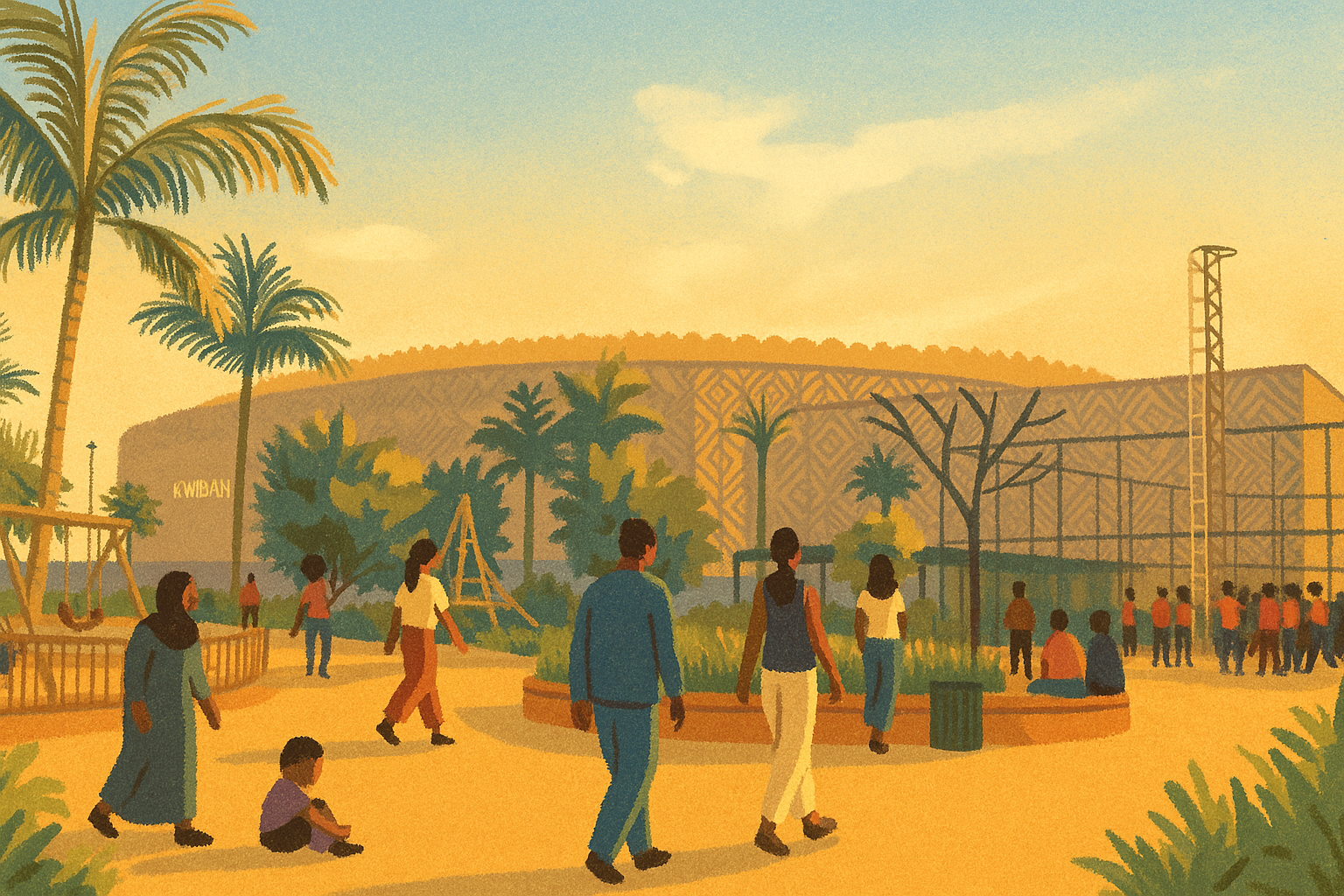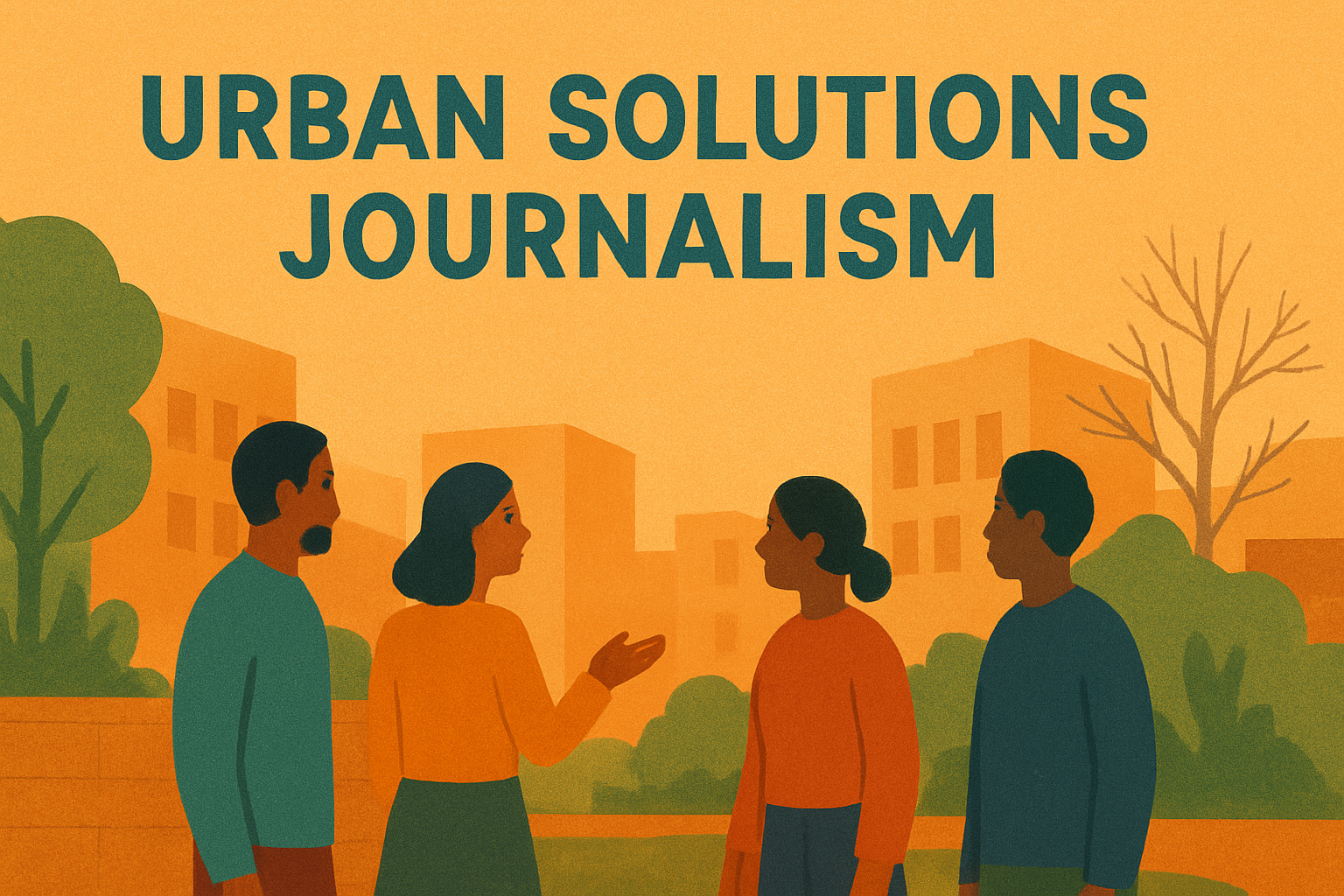Trees are among our most powerful tools against urban heat islands – but only if they survive their most vulnerable years. In many cities, newly planted trees die too soon: from drought, soil issues, compaction, or neglect. Public investment, environmental hopes, and community trust all suffer as a result.
A German startup called Agvolution is one promising player in this space. They’ve developed solar-powered sensors that measure soil quality, humidity, and temperature around young trees. Through a dashboard, caretakers get alerts when intervention is needed. In pilot projects with German municipalities such as Potsdam and Erlangen, tree survival rates have reportedly improved, saving thousands of trees.
But nobody claims sensors are the complete solution. Vandalism, pests, storm damage, or lack of human follow-through remain real threats. Still, Agvolution’s technology is tackling one of the preventable causes of mortality. Its parameters can be adapted to different tree species, soil types, and climate conditions. Ideally, the sensor is installed at planting, so it monitors the environment from the beginning.
Agvolution’s Approach
When I spoke with Andreas Heckmann, co-founder of Agvolution, he explained how the idea grew out of agriculture:
“Originally, we came from the agricultural field – where plants also suffer from climate change. Conditions on site are often simply unknown, so people rely on gut feeling. We wanted to make that measurable.”
Founded in 2019–2020, Agvolution works on two fronts: the Climavi sensors, which fill data gaps in the soil, and the AGMEO model, which maps microclimate and water balance across whole areas.
The company’s approach is straightforward:
“Our sensors measure soil moisture exactly where young trees grow, because weather data is too coarse. The crucial zone is 50 cm to 1 metre deep, and you can’t always dig a hole to check manually,” says Heckmann. “We provide a permanent data feed with an alarm system.”
So far, 19 cities in German-speaking countries are using Climavi sensors that measure soil moisture and temperature. These IoT units typically run on solar or low-power batteries and are built for robustness: partly buried and barely visible. In Potsdam, for instance, they are “Kreuzberg-proof”, as the team jokes.
“Our software maps fields, offers dashboards, alerts users, forecasts future conditions, and will eventually create a digital-twin-like model for the tree’s microclimate,” Heckmann adds. “We can’t perform miracles, but we can detect risks early – for example, frost or drought stress – and help prevent damage before it happens.”
Agvolution’s sensors are now active from Garbsen to Berlin, with interest from up to 60 cities. “A city with 70,000 residents might start with eight sensors, then order fifteen more,” Heckmann says. “That’s roughly 30 sensors per 100,000 people, depending on green space. Even one tree saved pays off twice over: a sensor costs about €1,200, while replacing a tree can cost €3,000-8,000.”
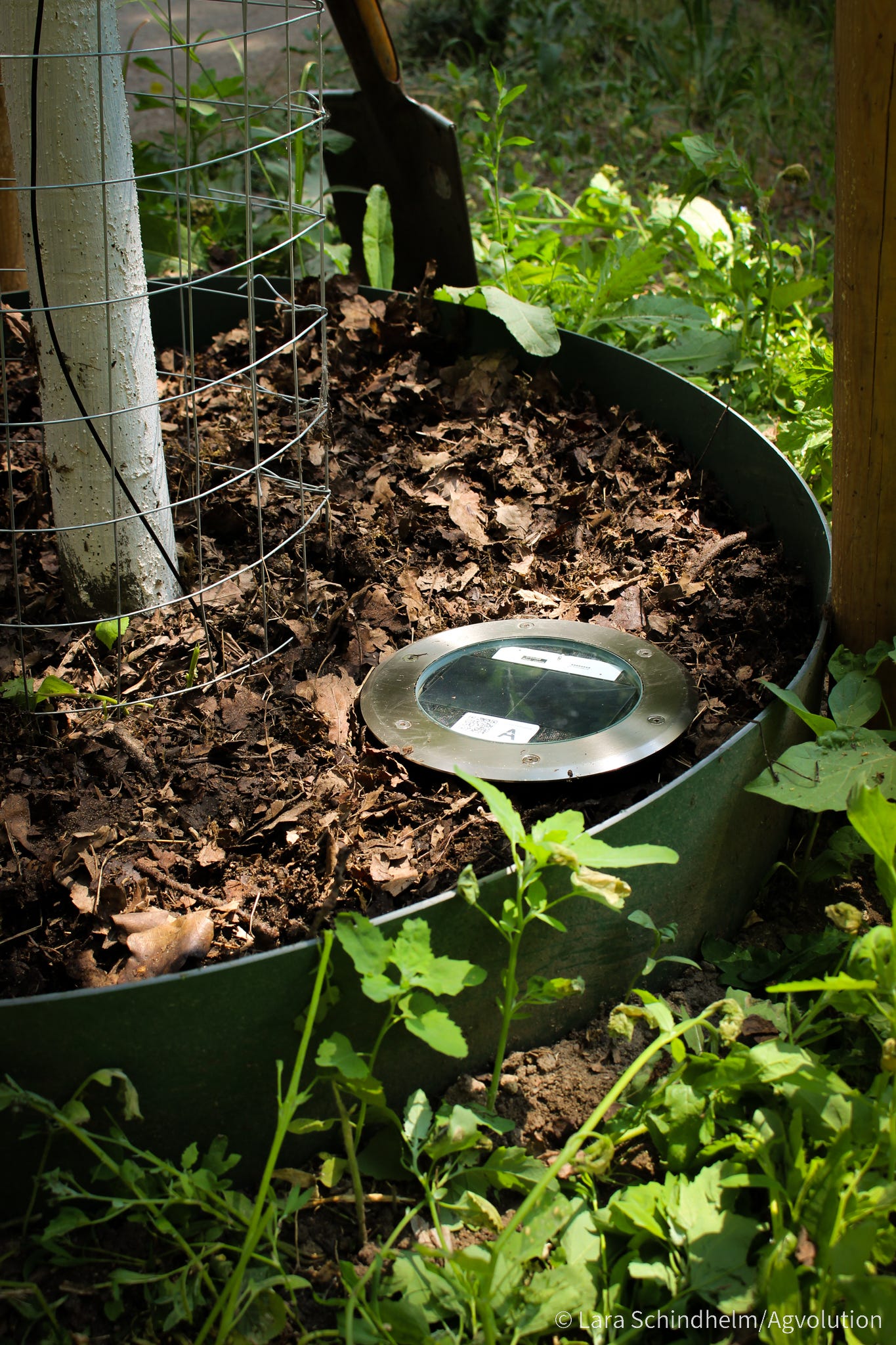
Why Young Trees Fail and What Else Works
Sensors have the advantage that they enable data-driven watering where trees get water when they need it, rather than under- or over-watering. Municipalities like Erlangen and Potsdam use Agvolution’s system to reduce drought stress and optimise maintenance budgets. “With limited resources, knowing which trees need help first is powerful,” says Heckmann. “Over time, we can also see which species handle stress better and support more resilient selection.”
Yet sensors are only one piece of the puzzle. They can’t protect against vandalism, storms, or pests – they alert, but someone must act. Cost also remains a barrier for smaller municipalities that need to pay for hardware, installation, and upkeep. Moreover, reliable connectivity and staff training are essential.
Research and practice show several complementary success factors:
· Soil quality & compaction: Poor, compacted soil restricts root growth and water infiltration, as MDPI research on urban abiotic stress confirms.
· After-care & stewardship: A New York City study found young street trees in residential areas had much higher survival rates (82.7 %) than those in industrial or vacant areas (60–63 %), due to better ongoing care.
· Planting methods: UK “Trees Outside Woodland” trials showed that Miyawaki planting – with dense, prepared soil and early care – boosted survival from 47 % to 79 %.
· Root space technologies: Structural soils and modular soil cell systems, as studied in the Journal of Urban Ecology, improve tree health above and below ground in paved environments.
Making it Work: Best Practices & Recommendations
If cities want to increase young tree survival, combining several strategies gives the best results:
- Prepare soil properly – loosen compaction, add organic matter, ensure sufficient rooting volume.
- Select suitable species – match trees to local heat, drought, and soil conditions.
- Install sensors early – at planting or soon after, at the right depth (moisture, temperature, frost).
- Ensure after-care – regular watering, mulching, pest control, and strong community engagement.
- Monitor and adapt – use sensor data but also observe growth, canopy, and root health.
- Combine methods – Miyawaki, structural soils, or root cell systems can strengthen early growth.
“The aim,” says Heckmann, “is to make plant growth more efficient – in cities and in fields alike. We want to provide the data to train models that can predict where trees will struggle, and help cities adapt early to local weather extremes.”
Looking Ahead
Agvolution’s roadmap is ambitious: building microclimate maps and eventually soil moisture and temperature maps for all of Germany and Europe, using satellite and open-data sources. Their long-term vision is a “digital twin” of urban vegetation, allowing planners to simulate and forecast tree stress.
“Our mission,” Heckmann concludes, “is to help cities and landscapes become more resilient. We can’t stop the heat, but we can give trees a fighting chance.”
Young urban trees are fragile but not hopeless. With thoughtful planting, after-care, smart soil, and tools like sensors, cities can protect their investments and grow cooler, greener streets. Agvolution offers a valuable model for sensor-based monitoring, but success will depend on integrating many strategies – and ensuring that every alert leads to action.

